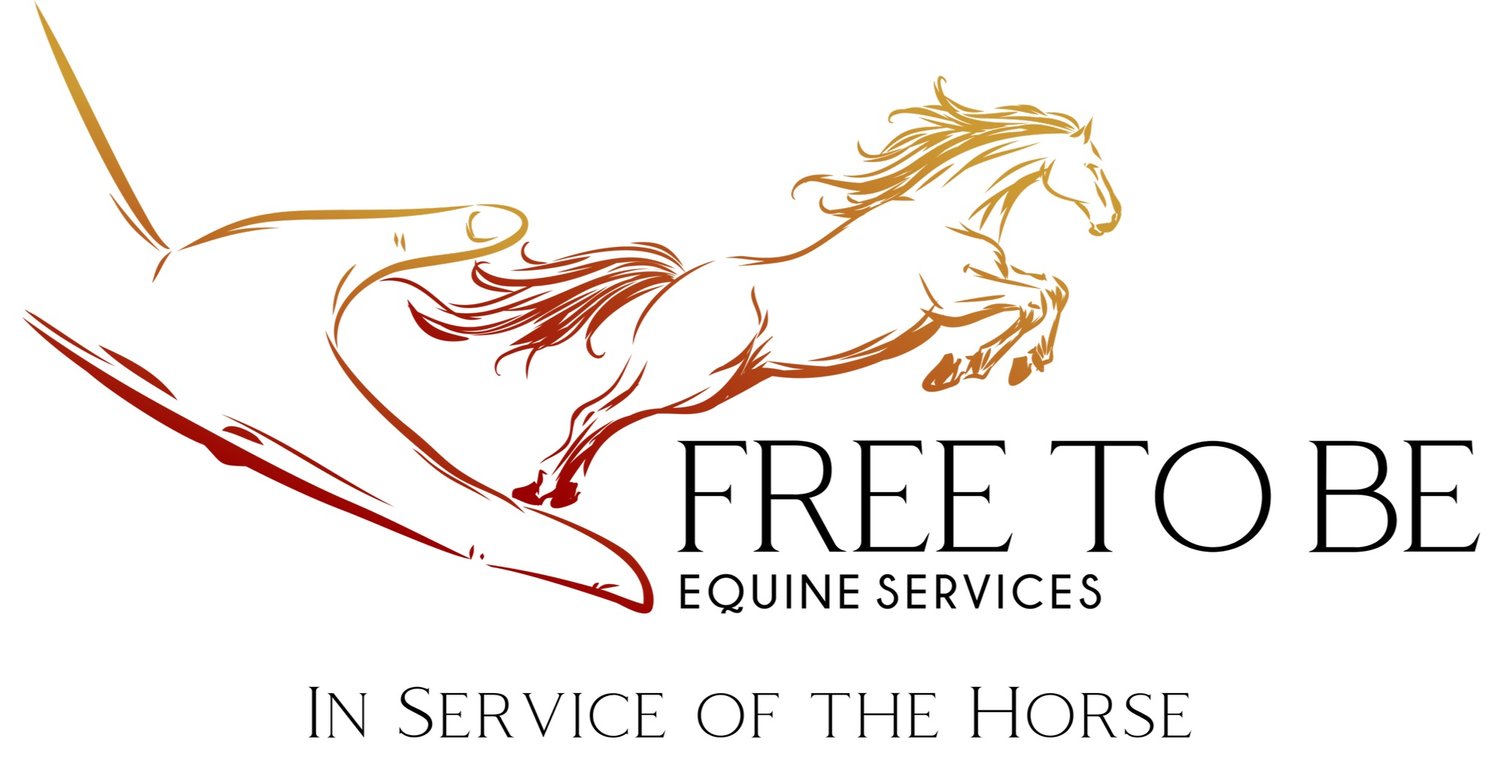The “KISS principle” is one of my favourite sayings! From Wikipedia – “an acronym for ‘keep it simple, stupid’, is a design principle noted by the U.S. Navy in 1960. The KISS principle states that most systems work best if they are kept simple rather than made complicated; therefore, simplicity should be a key goal in design, and unnecessary complexity should be avoided.”
I was thinking about that principle today when I was browsing my social media pages. There is so much information out there on the internet right now. Everyone, everywhere is selling an ebook or an online course. We’re all writing articles, sharing information, making posts (like this one – except I’m not selling you anything!). On one hand, I absolutely love all of the information that experts have been sharing online during the pandemic and have benefitted greatly from this for my own work and education. But on the other hand, I’m often browsing these posts in my feed and thinking – my gosh, how overwhelming for horse owners. You can’t go online without seeing 12 different reasons why your horse is crooked/in pain/has poor biomechanics/is eating the wrong feed/has incorrect foot balance/signs that your saddle doesn’t fit – the list goes on and on. Tons of videos are being shared about how to pick out where your horse hurts, how to see if they have dysfunctional movement, how to test for this or that. I’m guilty of sharing a lot of these articles myself!
Don’t get me wrong, I don’t think this sharing of information is bad. I think it’s so fantastic that horse owners have access to this information and can empower themselves – and therefore provide a better life for their horses – through knowledge. But how do we apply this knowledge in a practical way? How do we sort through it all and pick out what we actually need to do and fix and what is redundant, repetitive, or fights what we’re already trying to achieve?
There is absolutely such a thing as doing too much, too fast. That’s why bodywork is rarely just one appointment and then magically everything is fixed. We can’t overwhelm the systems of the body, or the mind – change must be created slowly, and build on itself, to be truly effective. This is also why I rarely give out more than a handful of “homework” suggestions at a time for my clients. It’s not useful to give the owner ALL of the exercises at once when it’s not appropriate to start doing them all at once, and it’s an overwhelming amount of information. If you went to your physiotherapist and they gave you 15 different exercises to do every day, how likely are you to do all of those daily, and do all of them correctly? How would you know what was making a difference? If your physio gave you just a couple of things to work on each time you went for an appointment, you would be far more motivated to work on those exercises AND you and your physio could measure your progress and see what’s working for your body. What about if your physio saw you once and then told you that you have to lose 15lbs, drink more water, start journaling about your pain, take 5 new vitamins, buy a standing desk, go vegetarian, start taking pilates classes, and do a 30 minute stretching routine twice a day? Maybe all of those changes would be very helpful for you, but it is not helpful to tell you to make all of those changes at once.
So please remember, next time that your trainer/coach/bodywork/farrier etc. asks you to make one small change for your horse (or for your riding), or show you just a couple of things that you should be working on, even if they seem very simple – there is a method to our madness! You aren’t a bad rider or irresponsible horse owner for implementing positive changes one small step at a time. By utilizing the KISS principle, we can reach our goals for our horses in a healthy and sustainable manner.
Kaiti Elliott, Certified Equine Performance Therapist
Fraser Valley, BC

